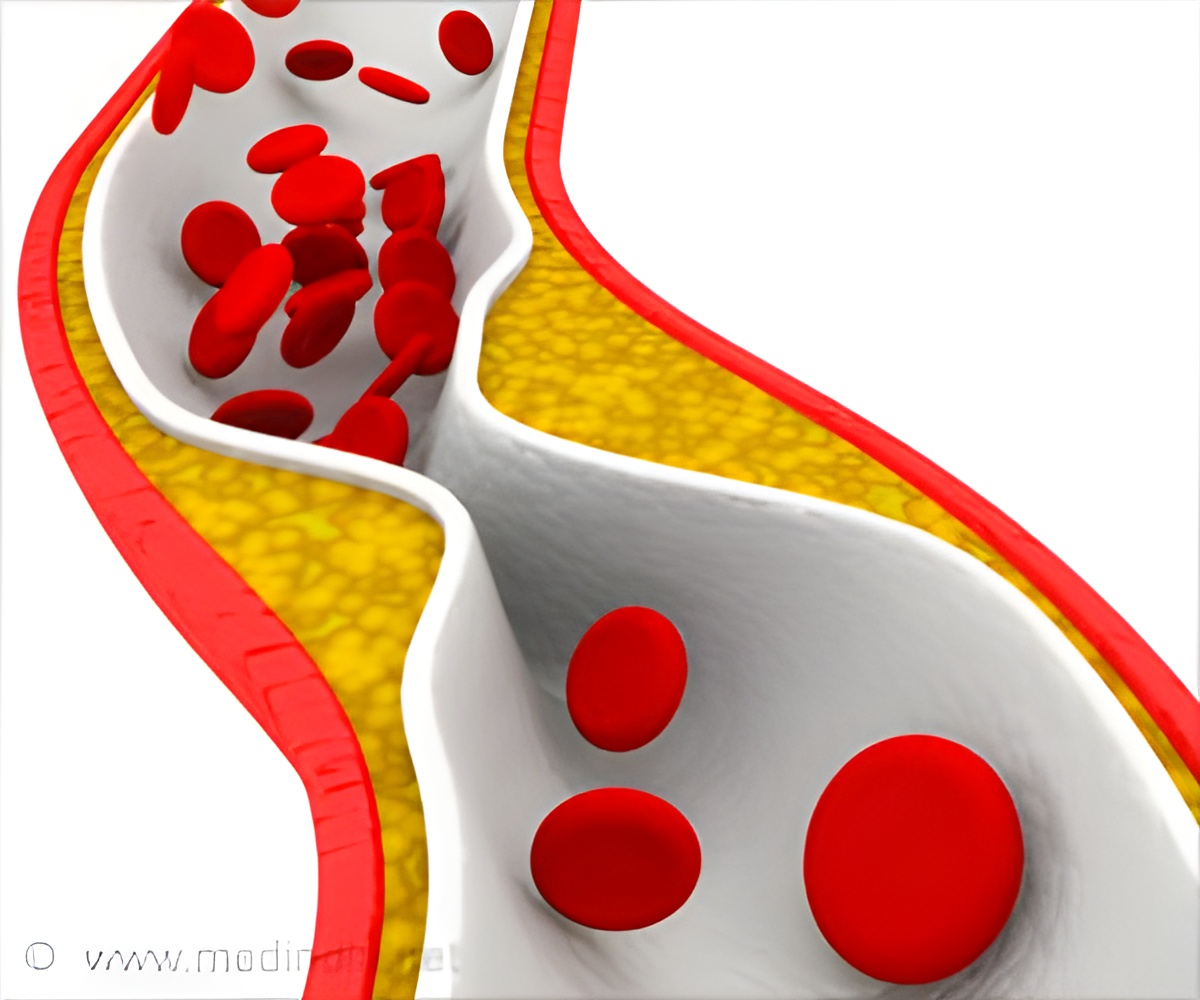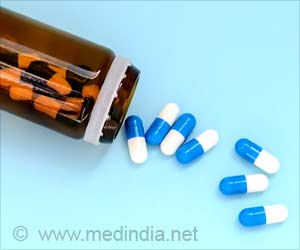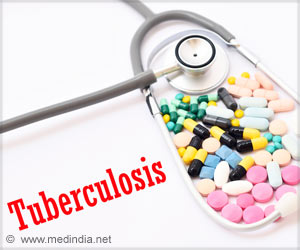The global dyslipidemia market was USD 15.05 billion in 2022, and would rocket up to USD 22.09 billion by 2030, at a compound annual growth rate (CAGR) of 10.8%.

A Modern Approach to Dyslipidemia
Go to source).
‘Expanding aging population and raising incidences of chronic heart diseases are predicted to favor the demand for dyslipidemia market.#Dyslipidemia #Cholesterol #Atherosclerosis’





Dyslipidemia can cause various health problems, including heart disease and stroke. There are several drugs available to treat dyslipidemia. These drugs include statins that reduce the amount of cholesterol in the blood; fibrates that lower triglyceride levels; and ezetimibe for lowering the amount of cholesterol absorbed from food.Dyslipidemia: Blockbuster Therapies are on the Horizon
However, these drugs are falling out of favor with physicians, and ezetimibe is not very effective in lowering lipids, particularly when used alone in statin-intolerant patients. Hence, the need for better dyslipidemia treatments was the need of the hour.In this growing dyslipidemia market, the US accounts for 78% of the global market with a market value of $12.06 billion. This could be due to the large prevalence of dyslipidemia in the US, as well as the higher overall price of drugs as compared to the 5EU and Japan.
Moreover, the US has more pipeline drugs entering the dyslipidemia market during the forecast period compared to other countries.
The several pipeline drugs include Akcea Therapeutics’s pelacarsen sodium, Eli Lilly’s muvalaplin, and CETP inhibitor obicetrapib being developed by NewAmsterdam Pharma. CETP inhibitors increase high-density lipoprotein (HDL) cholesterol and decrease triglyceride (TG) levels by inhibiting the transfer of cholesteryl esters from HDL to apolipoprotein B-containing lipoproteins (2✔ ✔Trusted Source
Current Options and Future Perspectives in the Treatment of Dyslipidemia
Go to source).
Arrowhead Pharmaceuticals is developing Angiopoietin-like protein 3 (ANGPTL3) inhibitors that target specific genes involved in lipid metabolism. The clinical trial results were looking promising.
Current and Future Prospectives of Dyslipidemia Market Growth
Apart from the developing drugs, the other factors influencing dyslipidemia market growth are the increasing global prevalence of dyslipidemia due to an increase in obesity, sedentary lifestyles, and unhealthy dietary habits. As the global population continues to age, the prevalence of dyslipidemia is likely to increase.Advertisement
The barriers that will restrict the growth of the dyslipidemia market are the price of newly launched drugs for dyslipidemia and the restriction of access to highly-priced new therapies. The widespread use of cheap, generic drugs makes it difficult for high-priced branded therapies to penetrate the market.
Advertisement
Therefore, we need to formulate effective sales and marketing strategies by understanding the competitive landscape and by analyzing the performance of various competitors. Identifying emerging players with potentially strong product portfolios and creating effective counter-strategies would gain a competitive advantage.
It is also important to organize the sales and marketing efforts by identifying the market categories and segments that present maximum opportunities for consolidations, investments, and strategic partnerships.
References:
- A Modern Approach to Dyslipidemia - (https://academic.oup.com/edrv/article/43/4/611/6408399)
- Current Options and Future Perspectives in the Treatment of Dyslipidemia - (https://www.mdpi.com/2077-0383/11/16/4716)
Source-Medindia












